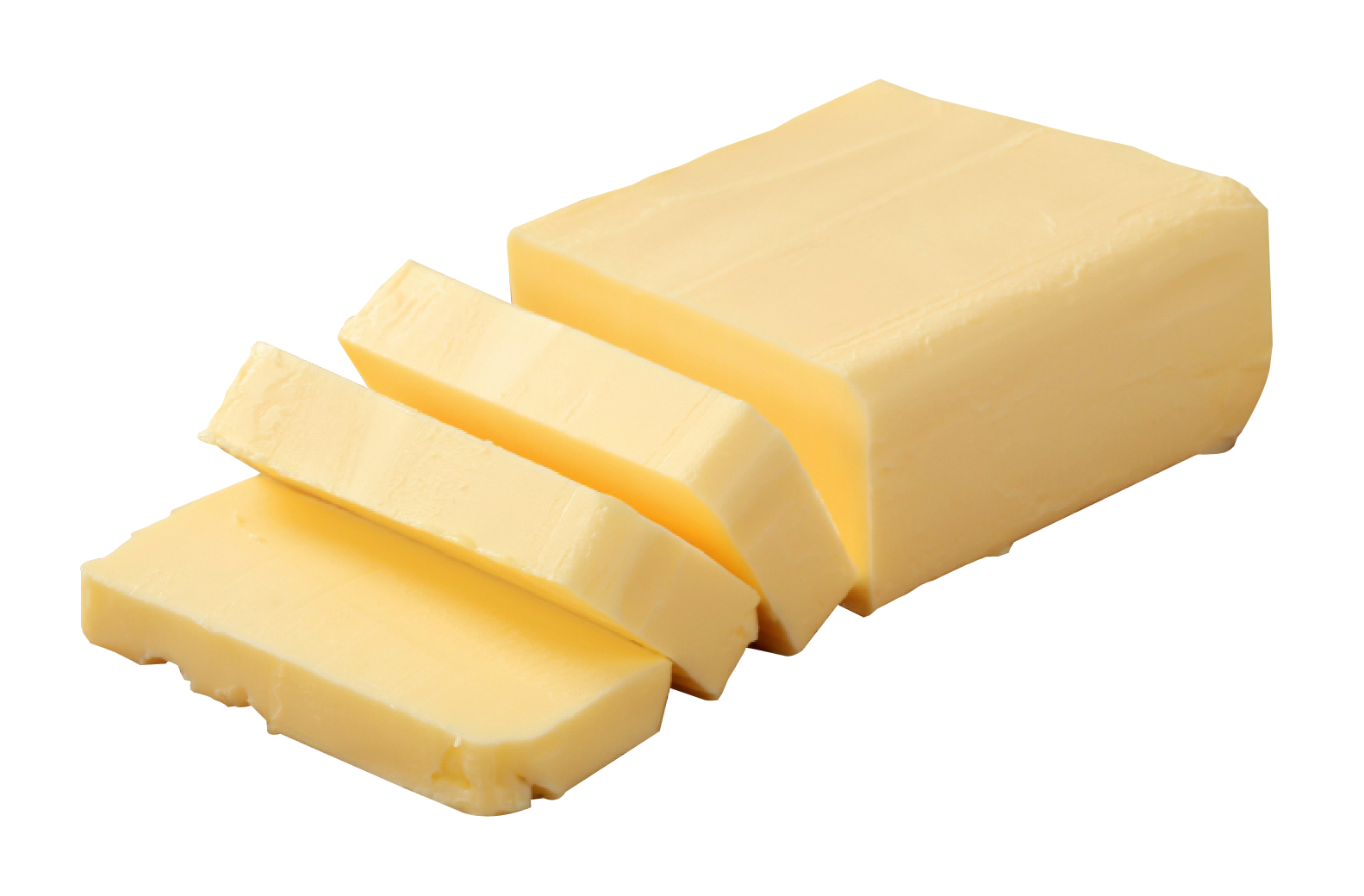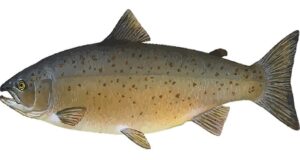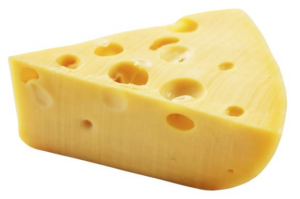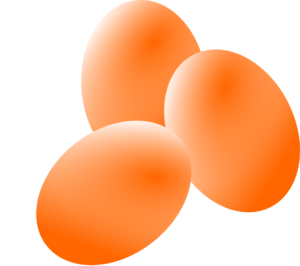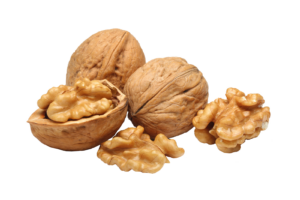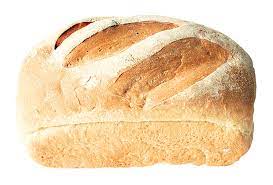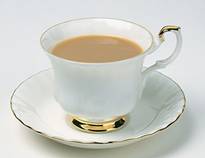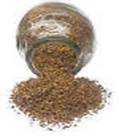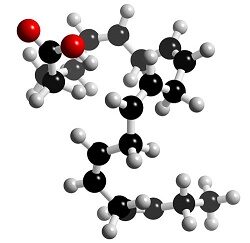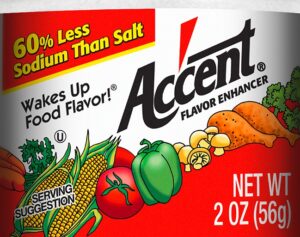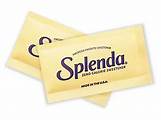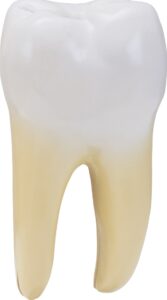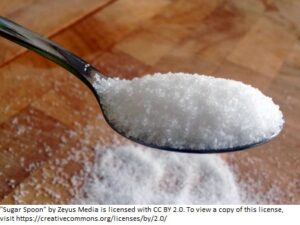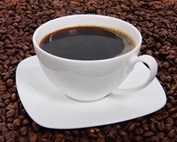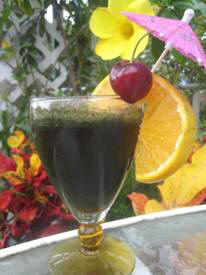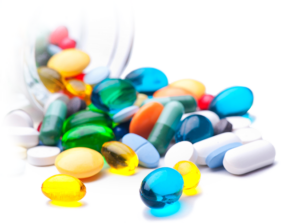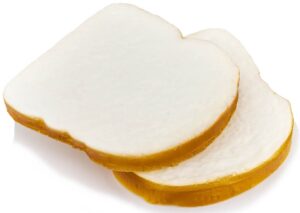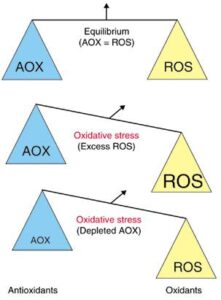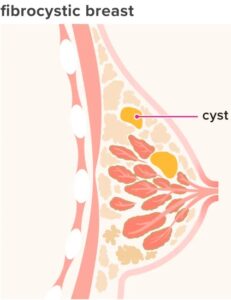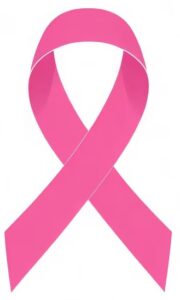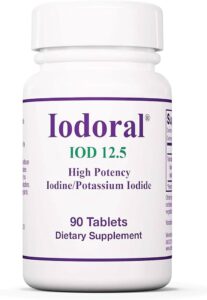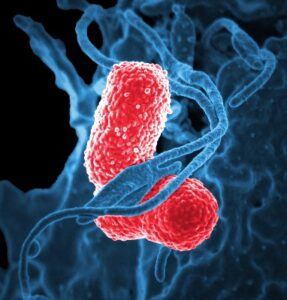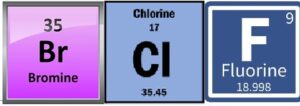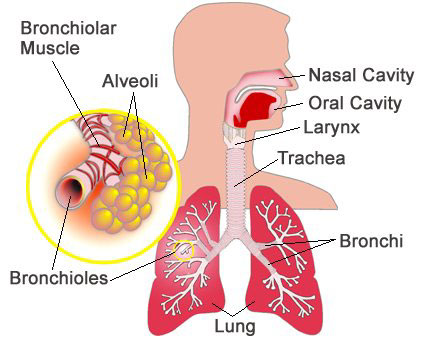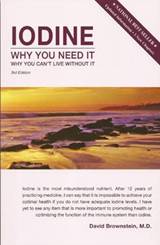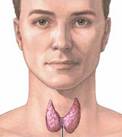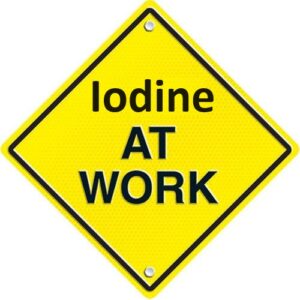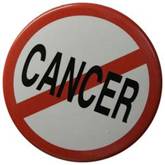
Iodine against ischaemic cardiovascular disease (CVD)

CVD basics
Cardiovascular disease (CVD) due to ischaemia (restriction in blood supply leading to reduced oxygen supply to the heart) is primarily caused by either or both of:
- Arteriosclerosis. Hardening of the arteries due to calcium deposits.
- Atherosclerosis. Oxidant damage to weakened vascular walls (specifically, weakened connective tissue). The body uses lipoprotein (a) as a temporary repair-patch. Lp(a) is a sticky constituent of arterial plaque, responsible for attracting platelets, calcium and fibrin circulating in the blood, but when over-utilized can lead to excessive clotting, atherosclerosis / high cholesterol and vascular disease.
High cholesterol
Iodine treatment can reverse high levels of lipoprotein (a). Normalizing serum cholesterol levels and blood pressure. Resolving an iodine deficiency, provides iodine to increase thyroid hormone, which strengthens connective tissue. Additionally, iodine and iodide make oils, fats, and waxes (cholesterol is actually a wax) more soluble in water. Louis Feiser, famous chemistry professor at Harvard University
As an antioxidant, iodine has the ability to convert highly reactive and damaging singlet oxygen, to slower-acting triplet oxygen (Kasha 1952)
Atrial Fibrillation / Arrhythmias
The body needs adequate stores of iodine for the heart to beat smoothly and iodine supplementation may be the answer to many heart arrhythmia cases (Especially atrial fibrillation). Dietary clinician Bruce West was able to completely resolve most of the stubborn cases of cardiac arrhythmias and atrial fibrillation that were resistant to correction with cardiac protocols, by adding adequate supplies of iodine to the protocol:
“As I see people with stubborn arrhythmias getting better on 10, 20, 30, and even up to 50 mgs of iodine daily, I know that large doses are sometimes needed by the body. . . For those deficient, this may require up to 50 mgs daily for three to four months.”
– Bruce West, D.C.
ATRIAL FIBRILLATION, ARRHYTHMIAS AND IODINE, In Health Alert, June 2006, Volume 23, Issue 6
Amiodarone, the most popular medically prescribed anti-arrhythmic drug contains iodine, but is toxic. Amiodarone, is actually iodine in a toxic, sustained-release form (Amiodarone has a long half-life of 100 days, and contains 75 mg iodine / 200 mg tablet releasing 9 mg iodine daily in patients ingesting the recommended amount). This drug can produce a smooth heartbeat when the body has accumulated about 1.5g of iodine. i.e. the same amount of iodine retained by your body by high-dose iodine supplementation at fulfillment level. However, the side effects of Amiodarone are often too great (even life-threatening) for most people to endure long enough to achieve a normal heartbeat, and once you stop this drug, your original problem returns. Iodine therapy, on the other hand, fulfills the body’s needs safely, and then maintains the smooth heartbeat with a low-maintenance dose.
Warning: You can NOT use iodine therapy concurrently with taking the drug Amiodarone, which could cause a dangerous iodine overload.
Amiodarone causes some people to become hypothyroid. Structurally similar to thyroid hormones, Amiodarone interferes with the peripheral conversion of T4 to T3, such that 10-15% of patients on Amiodarone become hypothyroid.
References
Kasha M (1952) “Collisional perturbation of spin-orbital coupling and the mech-anism of fluorescence quenching. A visual demonstration of the perturbation.” The Journal of Chemical Physics.







